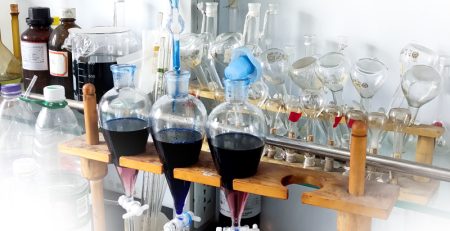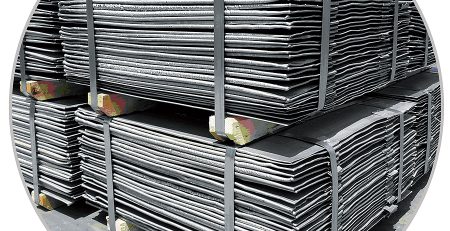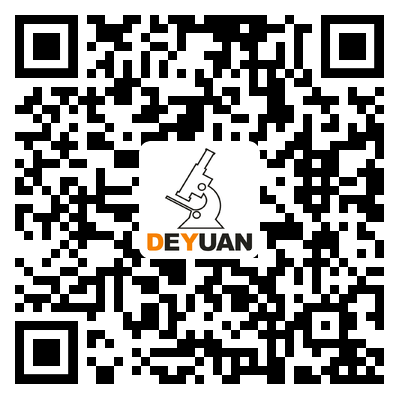Peranan pengekstrak elektrolit untuk bateri litium DY319 dalam penghasilan elektrolit litium Nikel-kobalt-manganat berkualiti tinggi
Bateri litium-ion ialah sumber kuasa bertenaga tinggi dan mesra alam yang digunakan secara meluas kerana voltan tingginya, ketumpatan tenaga yang tinggi, prestasi berbasikal yang baik, dan tiada kesan ingatan. Antaranya, the cathode material is a crucial component in lithium-ion batteries, which determines the battery’s performance.
Pada masa ini, the most commonly used cathode material in commercial lithium-ion batteries is lithium cobalt oxide. Namun begitu, this material has high cost and toxicity, which limits its application range. Tambahan pula, there are several other cathode materials under research, such as lithium manganese oxide, iron phosphate, litium nikel oksida, dan litium nikel kobalt mangan oksida.
Among these researched cathode materials, lithium nickel cobalt manganese oxide is the most outstanding performer due to its excellent specific capacity, kadar pelepasan, keselamatan, cycling performance, dan kos yang agak rendah. Namun begitu, there are several methods for preparing this material, including direct high-temperature solid-state reaction, sol-gel method, and co-precipitation method.
Each method has its pros and cons. Sebagai contoh, the direct high-temperature solid-state reaction cannot produce a uniform mixture of nickel, kobalt, and manganese precursors, leading to uneven performance. The sol-gel method can prepare uniformly sized nanoparticle materials, but it is difficult to dry, so there are limitations in industrial applications. Akhirnya, the co-precipitation method will produce heterogeneous phases that affect electrochemical performance, leading to uneven mixing of precursor materials.
To solve these problems, researchers have tried some strategies, including secondary high-temperature grinding and mixing of nickel, kobalt, manganese precursors, and lithium sources, as well as fluorine aluminum doping in lithium nickel cobalt manganese oxide cathode materials. The addition of fluorine aluminum brings many advantages, such as promoting the safety and stability of materials, improving ion activity, reducing Mn2+ losses, dan meningkatkan kapasiti nyahcas pertama.
Apart from strategies to improve cathode material performance, DY319 lithium-ion battery electrolyte impregnation agent plays a crucial role in producing high-quality lithium nickel cobalt manganese oxide electrolytes while also reducing the overall cost of the lithium-ion battery industry. This impregnation agent can improve efficiency, promote industry development, and is therefore an essential component in the lithium-ion battery construction process.
The importance of cathode materials in determining the overall performance of lithium-ion batteries has prompted extensive research on materials such as lithium nickel cobalt manganese oxide. Namun begitu, the method of preparing this material is also a crucial consideration factor. By addressing the limitations of existing methods and exploring new strategies, researchers are working to improve the cost, prestasi, and applicability of cathode materials, creating better products for the next generation of lithium-ion batteries.
Kami khas untuk memberi tumpuan kepada R&D reagen pengekstrakan logam, produk utama kami seperti di bawah:
- DZ988N/DZ973N/DZ902 reagen pengekstrakan pelarut kuprum.
- DZ272 Nikel, kobalt, mangan, dan pengekstrak pemisahan magnesium.
- DY319 pengekstrakan bersama nikel kobalt kecekapan tinggi.
- DY377 pengekstrak pemisahan nikel dan berlian yang cekap.
- DY366 pengekstrak kobalt nikel termaju baharu.
- P204 (D2EHPA atau HDEHP) pengekstrak.
- DY301, DY302 untuk pemulihan bahan api habis nuklear.
- Reagen pengekstrakan lain untuk pengekstrak Vanadium, Pengekstrak litium, Pengekstrak fero dan pengekstrak nadir bumi.





